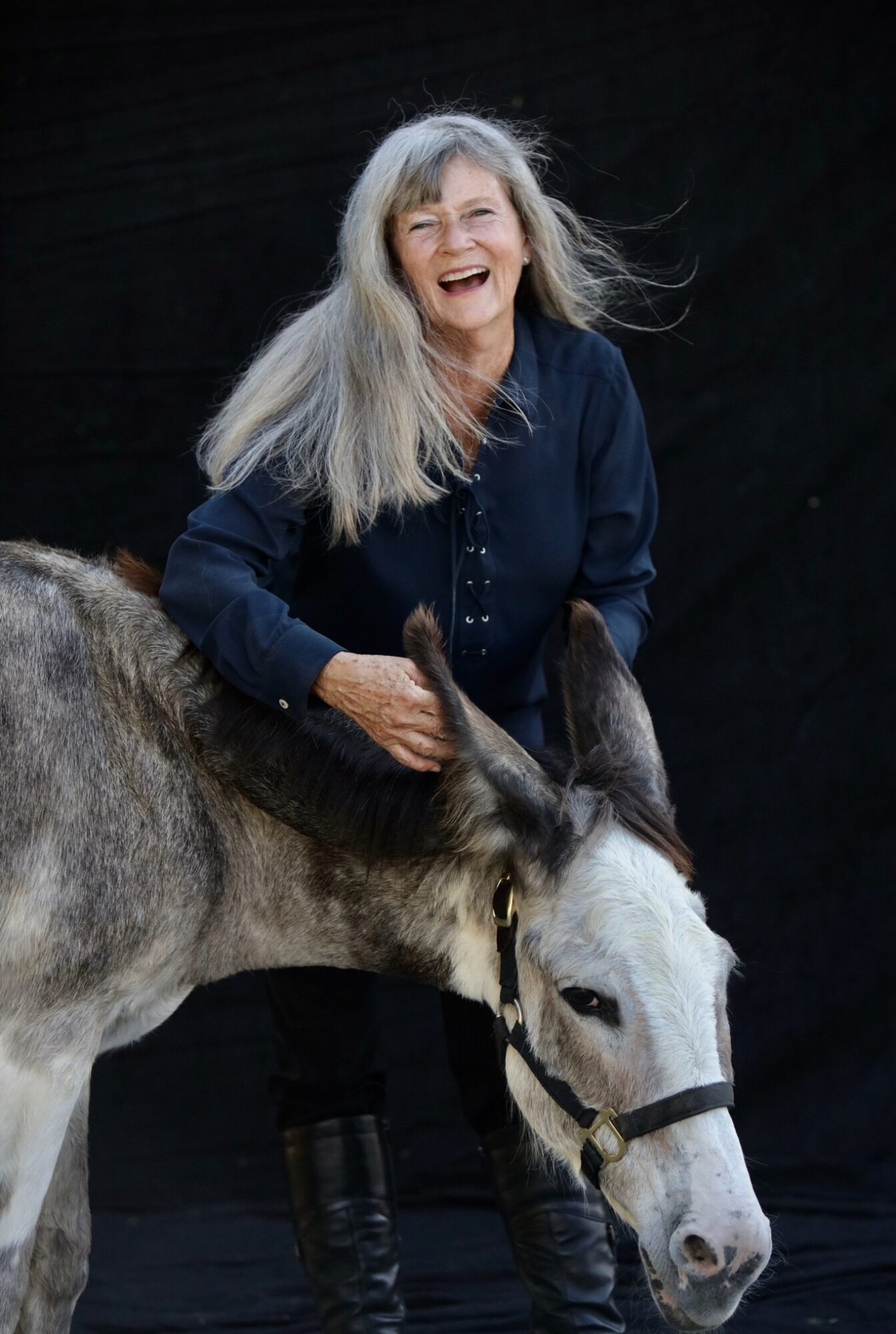

Today we’d like to introduce you to Mary Adams.
Hi Mary, thanks for joining us today. We’d love for you to start by introducing yourself.
1. What kind of philanthropic work did your family do while you were growing up?
My family settled in the Central Florida area in the small town of Lake Alfred, bounded by lakes and orange groves. My grandfather, Charles W. Adams, an oral surgeon from Detroit, MI, was on his way to treasure hunt for gold lost on ships that sank near the Florida Keys. On a stopover in Lake Alfred, he wrote to a friend that he need go no further, he had found gold. He was referring to the beautiful orange groves he saw and became the first person in Florida to own 1000 acres of citrus. I have a picture of him astride his pinto gelding whom he rode while inspecting his groves along with his McClelland cavalry saddle. The citrus industry was very good to my family. Meanwhile, my mother’s side of the family was established in Louisville, KY where she grew up riding American Saddlebreds. Her uncle had a stable and breeding operation that he later moved to Winter Haven, FL. He and Mr. John Snively, another citrus farmer, had their barns at the old Polk County Riding Association in Winter Haven. One of my earliest horse show memories is of the Winter Haven Charity Horse Show which supported the Winter Haven Hospital. Ladies dressed in formals and jewels to attend, and it was one of the highlights of the social season. I recall from the time I was very young, the importance that my family gave to helping others, including our four-legged friends. Whether it was fund-raising for the local hospital, donating a new roof to a local church, supporting disadvantaged youth programs, animal shelters or conservation organizations, or simply helping those who needed a hand, my family stressed the importance that charity begins at home, that you help those who have no voice and people who simply need a helping hand. A wing on the Winter Haven Hospital bears my aunt’s name; the Boys and Girls Club of Winter Haven has received support from our family for decades, and my father was one of the Florida Sheriff’s Youth Ranches oldest supporters, donating to them every year from the time he was 21 years old until his death. He established the Wally Adams Foundation, Inc. which continues today supporting animal charities, marine conservation research and human services organizations, including the Florida Sheriff’s Youth Ranches.
2. What did you learn from your parents about serving others and four legged friends? What was the most important lesson you learned from them?
My maternal grandmother told me that she finally gave up and created an area in their basement for my mother’s four-legged refugees. She “brought home every animal that needed a home – and some that didn’t.” When I was three, my father brought home a bedraggled parakeet he found shivering in an orange grove during a Florida thunderstorm. “Petey Parakeety” lived out his life in our living room. Nothing happened at our house until the animals were cared for. Orphan squirrels, homeless birds, turtles requiring shell repair, any dog needing a free meal…they all came to our house. You do not turn away from the weakest among us, animal or human. The most important lesson I learned from them is that helping others is the greatest gift that you can give to yourself, that giving is its own reward. Doing so benefits your family, your community and your world. It is ultimately up to us to make sure that the good in this world outweighs the bad and as members of the human race, it is our responsibility.
3. When did you decide to start a sanctuary? Why did you decide on an equine sanctuary?
My first foray into a physical equine rescue resulted in a “rescue prototype” in Winter Haven, FL geared specifically for intake, rehab, retraining and adoption. I incorporated the paddock paradise system around large grass paddocks and a central barn complex, including stalls for equines from minis to drafts where people could see and interact safely with horses looking for a home. I’m not sure there was an actual “decision” to start a sanctuary. I became aware early on that equine rescue often meant taking in animals that were not ready for euthanasia, but who were not suitable for adoption due to temperament, various infirmities or the need for longer or more intensive care. I found myself drawn to these cases and began getting requests from other rescue organizations to take in equines who just needed a last, final respite, a place to have peace. They are the least among us and they deserve a little human kindness before they leave us. The question came to mind, “Who, if not I?” I could provide a place for these horses, enabling other rescues to take in others who could be adopted out.
4. How long did you operate in FL before moving to NC? Why did you decide to move to NC?
I lived in Central Florida most of my life, but my maternal grandparents had a home in Highlands, NC and I was a frequent visitor. Because, unlike the rest of my family, I’m fair-skinned and heat intolerant, I was blessed with going to camp in NC as a young girl and spending a lot of time in Highlands. Whenever I saw the first peak of those Blue Ridge Mountains, I felt like I was coming home. I love Florida, but the heat and humidity make it impossible for me to do the work that I love since it’s virtually all outdoors. I always knew that I would “retire” to NC. My mother, son and brother passed away too young, leaving my father and I. When my father died several years ago, I made the decision to pass the Florida facility on to another organization, Hope Equine Rescue, Inc. and build another sanctuary in North Carolina. Dani Horton, who has run Hope Equine Rescue, Inc. in Central Florida for a decade, needed a new facility, and I wanted to be sure that the place I had conceived and built would continue to benefit the people and animals of Central Florida. We made it happen and Dani, her husband and crew run an outstanding program there now. I asked her to start a “Reading with Rescues” program and it has been wildly successful. The benefits to the kids and the animals is amazing. Red Bell Run now has our own “Reading With Rescues Program.” I think it is vitally important to instill empathy and connection to animals at an early age, not to mention the benefits that parents and teachers are seeing in the kids’ reading ability.
5. How many animals, staff and volunteers make up your operation?
At the moment, we have 128 equines in residence. Approximately half of them are of the miniature variety including donkeys, mules and hinnies. The rest vary in size from ponies to drafts. We number 30 staff and volunteers who make up the 365 day a year schedule necessary for this operation, some part-time but many full-time. We have a herd of 30+-year-old donkeys, and many of our “short-eared” equine friends are in their late twenties to middle thirties. Ninety-five per cent of the equines here have a moderate to serious health issue so more intensive care is necessary than is normally found in most rescues. Saying good-bye to them, giving them that last golden hour of love and care is part of the deal here. My staff is made up of people who understand that the price of unconditional love is sometimes a painful heart. Their dedication is priceless and they care for these animals as though they are their own. Every single person at Red Bell Run is invested in giving our equines the best care possible. Dr. Setlakwe, our vet at Tryon Equine, Dr. Grace Buchanan, and our ever-patient farrier Andy Painter …. I can’t say enough good about them.
6. How are the equines who find their way to you “lucky” enough to spend the remainder of their lives at the sanctuary?
We accept equines from other charitable 501(c)3 equine organizations, law enforcement, and occasionally from a veterinarian recommendation. As you can imagine we have a waiting list and the need is so great. I’d encourage anyone with the knowledge, means and facilities to support financially or offer to foster for their local equine rescue. As members of the equine community, it is the least we can do and you will get way more than you give. Often, people will send their old retainers “down the line’ thinking they’ve sent them to a great home… Sadly, that is where many of the most abused and neglected are found. No one has the history that you have with your equine partner. No one will love – or forgive them their faults- like you will. We owe them a safe retirement and that retirement is in our own hands, not a stranger’s. If you must find a home for your equine – make sure you can still see them with your own eyes. Their familiar pasture is the best place for them…and believe me, they won’t be bored!
7. Other than living out their lives being loved and being taken care of how do the equines stay active, or keep from being bored…. I read you’re introducing equine agility to the farm?
One of the things that I often hear is owners who think that because they can no longer ride, or because their equine is no longer rideable, that the equine is unhappy or no longer useful. Equines have a lot more to give than just being ridden– they are now recognized as wonderful therapy and service animals. The fact is that you CAN enjoy your non-ridden equine. Our equines live in fifteen “equine villages” scattered over 200 acres of bucolic pasture and woodlands. They’re paired with equines of like needs and temperaments. They are taken for walks, can see other equines, and generally have pretty busy schedules! One of our equine staff’s main jobs is to observe…they’re good at it and work hard to make sure every equine here has his individual needs met. We are always looking for innovative ways to enrich our equines’ lives.
8. It takes a special person to take on the care & custody of 100+ animals. You give so much to them, what do they give back to you?
They give me peace. I am not the only person to face adversity and I have certainly been blessed more than most. However, when your immediate family are all gone it will make you quickly reorder your priorities. What’s important becomes crystal clear. When I look over these hills, see these horses, mules and donkeys (Longears are an addiction from which there is no cure, by the way,) and know that I am giving back to them some small part of the joy they’ve given me my whole life, that the people who come to Red Bell Run find magic and peace here, I know that I am doing what I am meant to do. My mother always told me that Heaven is eternal peace and complete understanding. Here at Red Bell Run I am fortunate enough to have a preview of that.
9. How do you financially support the sanctuary? Do you need donations of good or money?
The Sanctuary is supported by private funds and generous donors and supporters, and includes plans for future needs. I am thankful for every penny and mindful of the good stewardship I owe to our donors. Celine Myers who founded The Ark Watch Foundation in Los Altos, California has been an inspiration and generously provides funding for many of the veterinary and maintenance costs on animals they’ve placed here. FarmHouse Fresh skin care products which not only support Red Bell Run but also the FarmHouse Fresh Sanctuary in McKinney, TX, are sold in our gift shop along with a variety of “equine-related” products. We have a Red Bell Run Resales Facebook page where you can find many high-quality equestrian items that have been generously donated to raise funds for our animals. In addition to being an equine sanctuary, Red Bell Run was once one of the largest grape vineyards in Polk County, North Carolina. Although the vineyards have come to the end of their productive life, we are repurposing the land to grow hay which supports the Sanctuary. The business and equine community here in our area have been unfailingly generous. For instance, we currently have 30 horses who take daily Prascend for Cushing’s disease, and fifteen who receive regular Adequan and Legend injections. Horse lovers everywhere know how that can add up! We will be having a fundraiser on December 14th – Mistletoe & Masterpieces. You can find info about it on our Facebook page.
10. How did you come up with the Read with Rescues program? What do you hope comes from it?
I had read about the success of dog and cat shelters who invited people to come and read to their animals. It doesn’t take long in this age of social media to see the wonderful interactions that occur between people and animals, and I hold the firm belief that the combination of kids and horses is one of the best ways to produce a responsible, caring adult. If one child, in ten or twenty years, says to someone, “You know? My mom took me to this place and we read books to the horses. It was a great experience and I want to take my kid to a place like that!” then I will count the program a success. We have to build empathy and kindness towards animals and people in our youth. They are the future and the world will one day depend on the caring in their hearts. As far as I’m concerned, that caring starts here.
11. What are your future plans for the sanctuary?
My plan is for Red Bell Run to serve as a place of learning, peace, understanding and compassion for all living creatures. We hope to include future programs that will cover everything from horsemanship to artistic retreats. Red Bell Run is a place of endless beauty. Everyone who comes here remarks on the sense of peace and serenity that they feel. The animals are a large part of that since they are a true reflection of our own emotions. There is no better mirror than an equine. We plan to offer that to as many and as diverse groups as we can.
12. Where did the name Red Bell Run come from?
Forty years ago, my father gave me an antique bell he obtained from a steam locomotive he rode on as a child. He had it painted red. Once I found this place, I knew it was home. The bell had come to symbolize the steadfast love that he had for me and is the inspiration for the farm name. It is now housed in a lighted cupola at Sunrise Pointe, one of our barns. I see it every night from my bedroom window and know that he is with me.
13. Is there anything else you would like to share?
We are located in the Green Creek area of Columbus, NC and are less than a 30-minute drive from Landrum, SC, Tryon, NC and surrounding areas. We’re 15 minutes from the Tryon International Equestrian Center. We’d love to have you visit. Free educational tours are available Tuesday through Saturday by appointment. You can schedule a tour by visiting our website and clicking on the “Visit Us” tab. Website: www.redbellrun.org Our Facebook page is Red Bell Run or via Email: sanctuary@redbellrun.org; Our Office phone is: 828-863-2017. Everyone is invited to come share the magic!
Alright, so let’s dig a little deeper into the story – has it been an easy path overall and if not, what were the challenges you’ve had to overcome?
There are always difficulties when you rescue anything – people, pets or equines. Funding, staff, developing systems and programs that meet the needs of the equines and people we care for are challenges that we’ve faced and overcome here at the Sanctuary. Now, we have an operation that benefits the equines and the people who care for them! Of course this past year has been a challenge with the devastation caused by Hurricane Helene. With our partners, Fleet of Angels, Humane World, the Roberts Family and many, many others we were able to step in and run the livestock relief distribution operation at the Tryon International Equestrian Center. Red Bell Run volunteers and staff expedited the shipment of over 1,000,000 pounds of livestock and human relief up into the mountains as well as other areas affected by the storm. It couldn’t be done without the amazing people from all over the United States stepping up to meet the need.
Thanks – so what else should our readers know about your work and what you’re currently focused on?
My family was in the citrus business in Polk County Florida for 100 years. I spent much of my working career in the design business and later returned to my home to help my father in the citrus business. I have always been involved with horses.
Where we are in life is often partly because of others. Who/what else deserves credit for how your story turned out?
My family has always been my inspiration. Hard work (no slacking,) appreciation for the land that supported us, and a commitment to help those less fortunate – human or animal- were the cornerstones of my upbringing. My father used to say, “If you’re lucky and have extra – pass them biscuits!”
Pricing:
- Educational tours are free!
Contact Info:
- Website: https://redbellrun.org
- Instagram: redbellrun
- Facebook: redbellrun
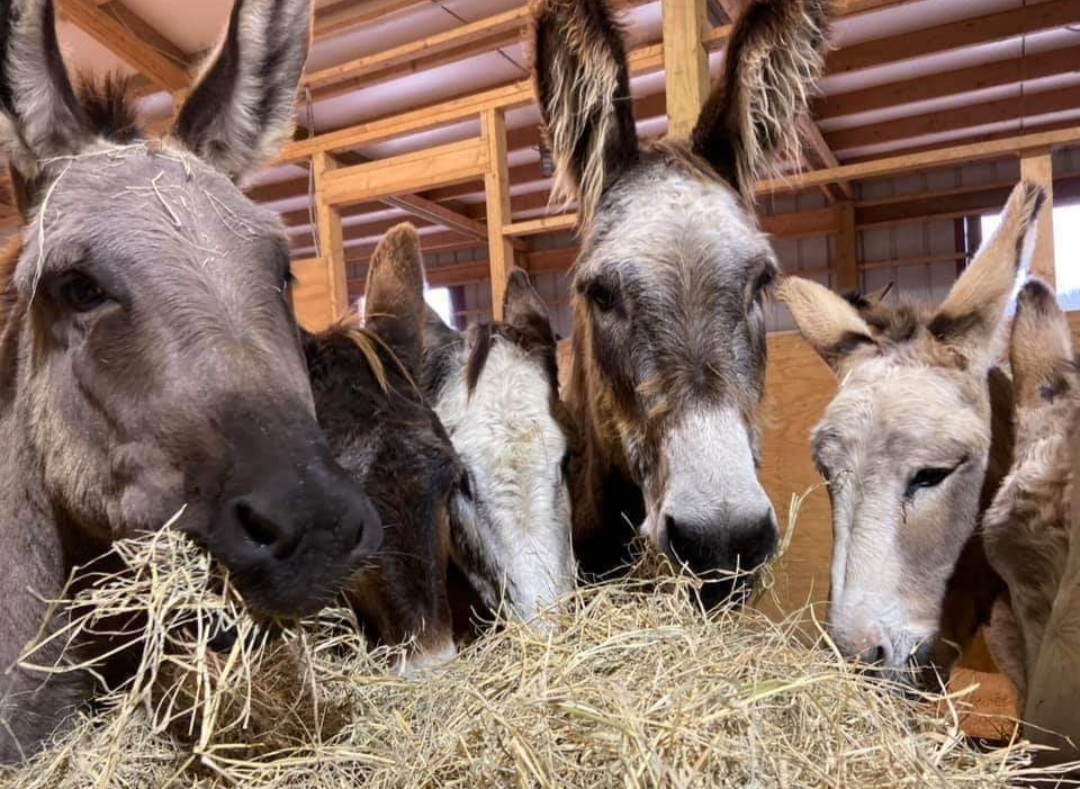
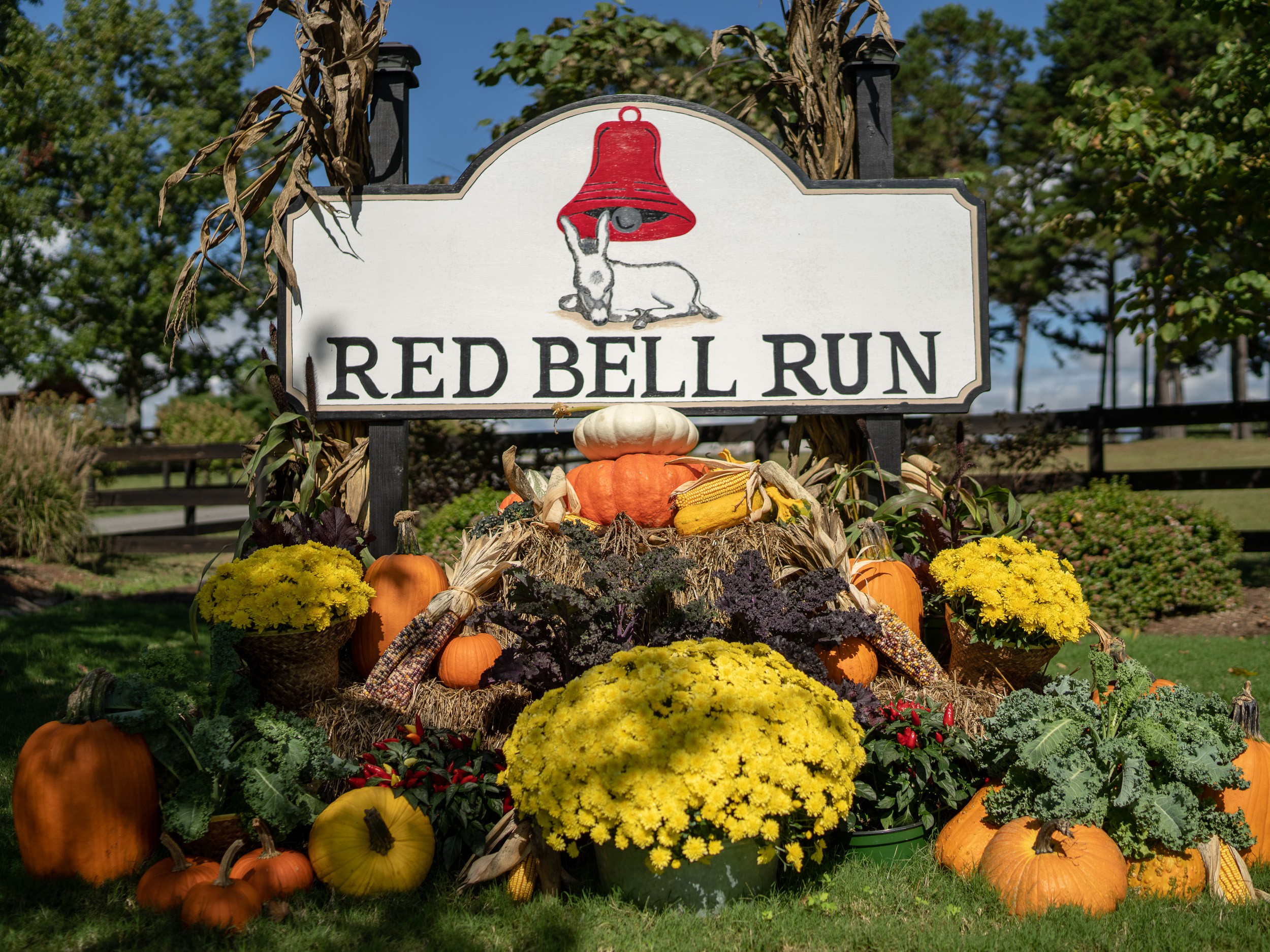

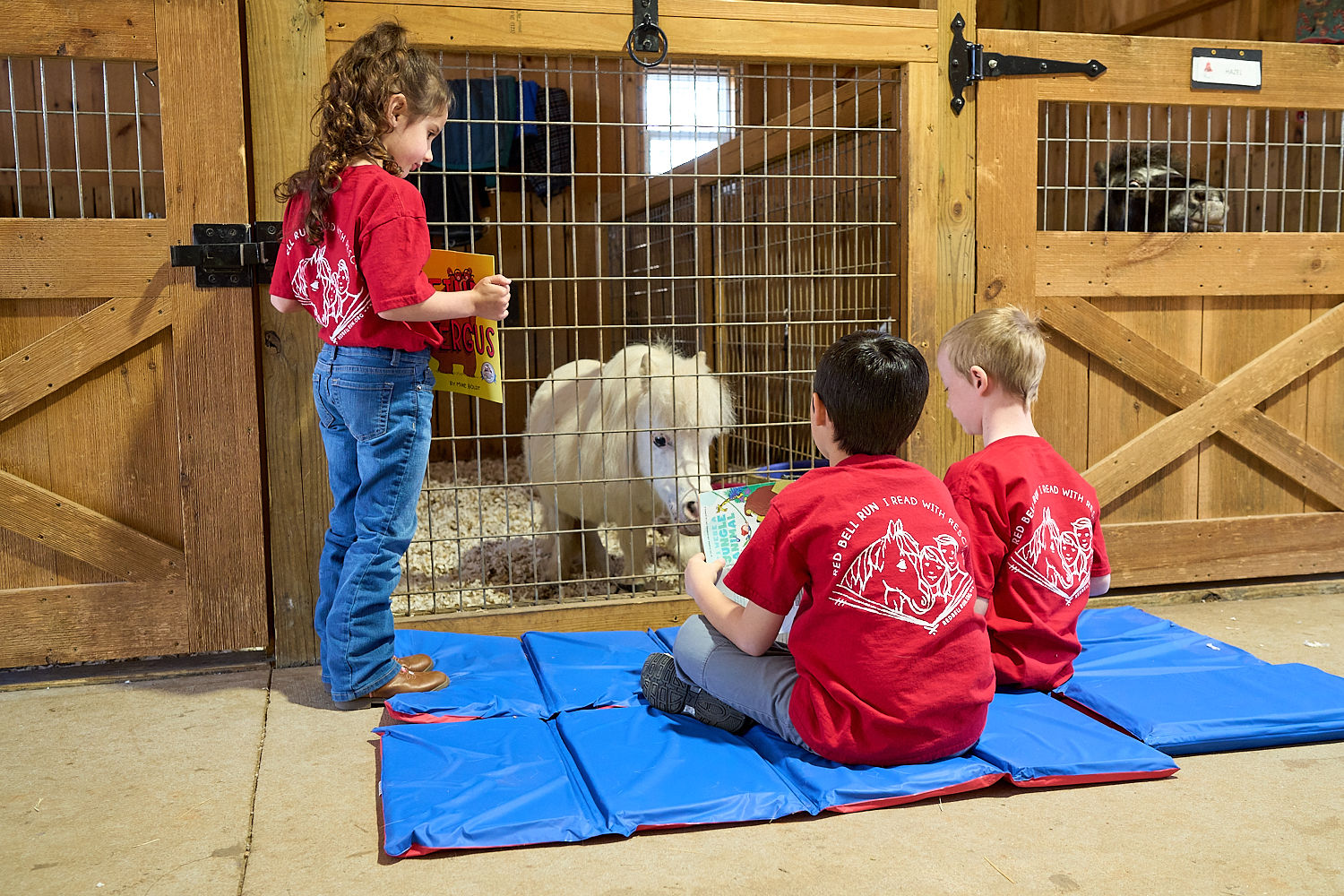
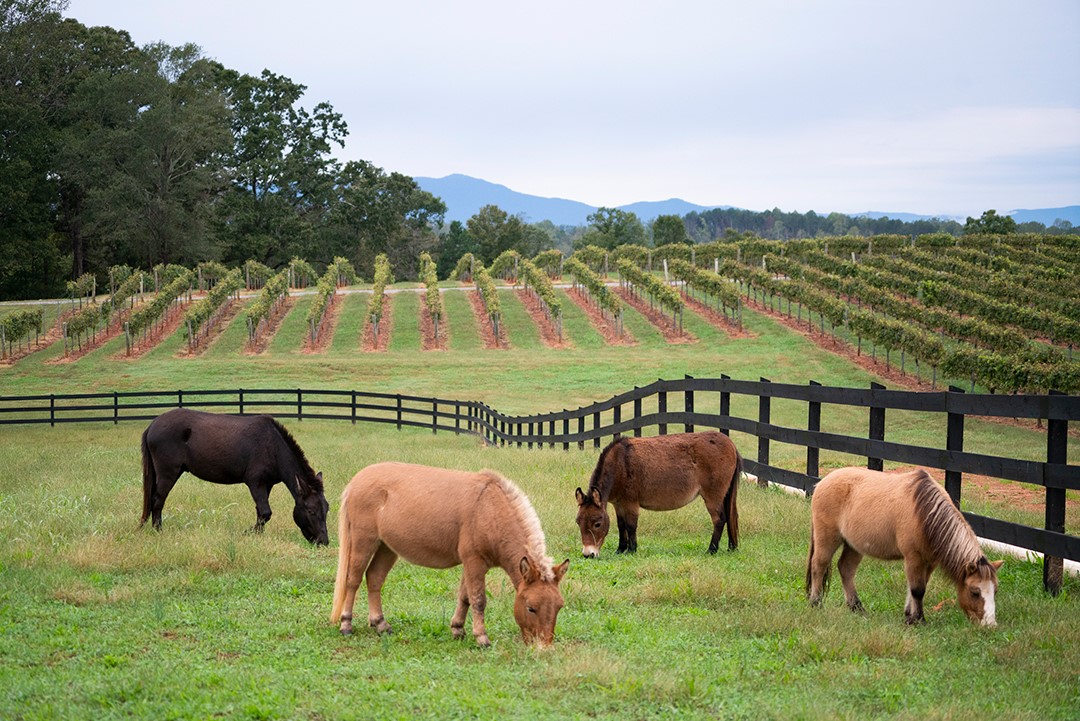
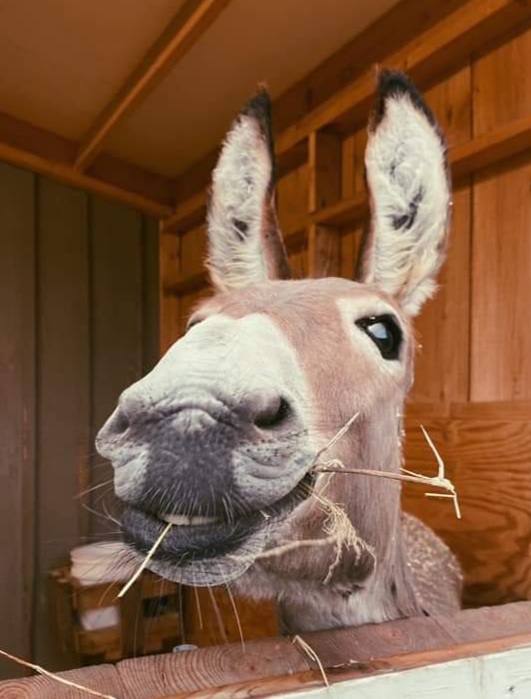
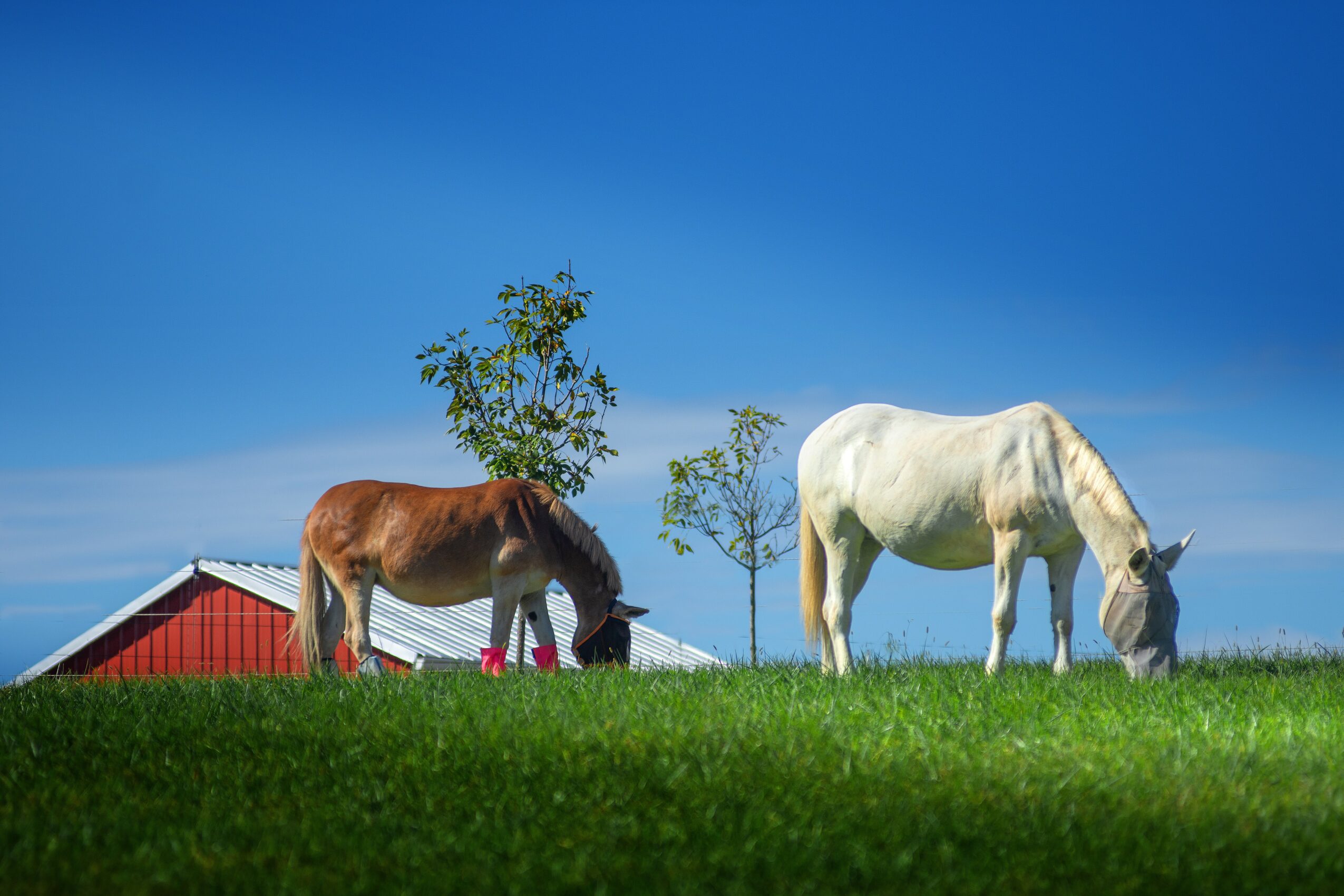

Image Credits
Elma Garcia
Red Bell Run Staff
Mary Adams
Monica Stevenson













